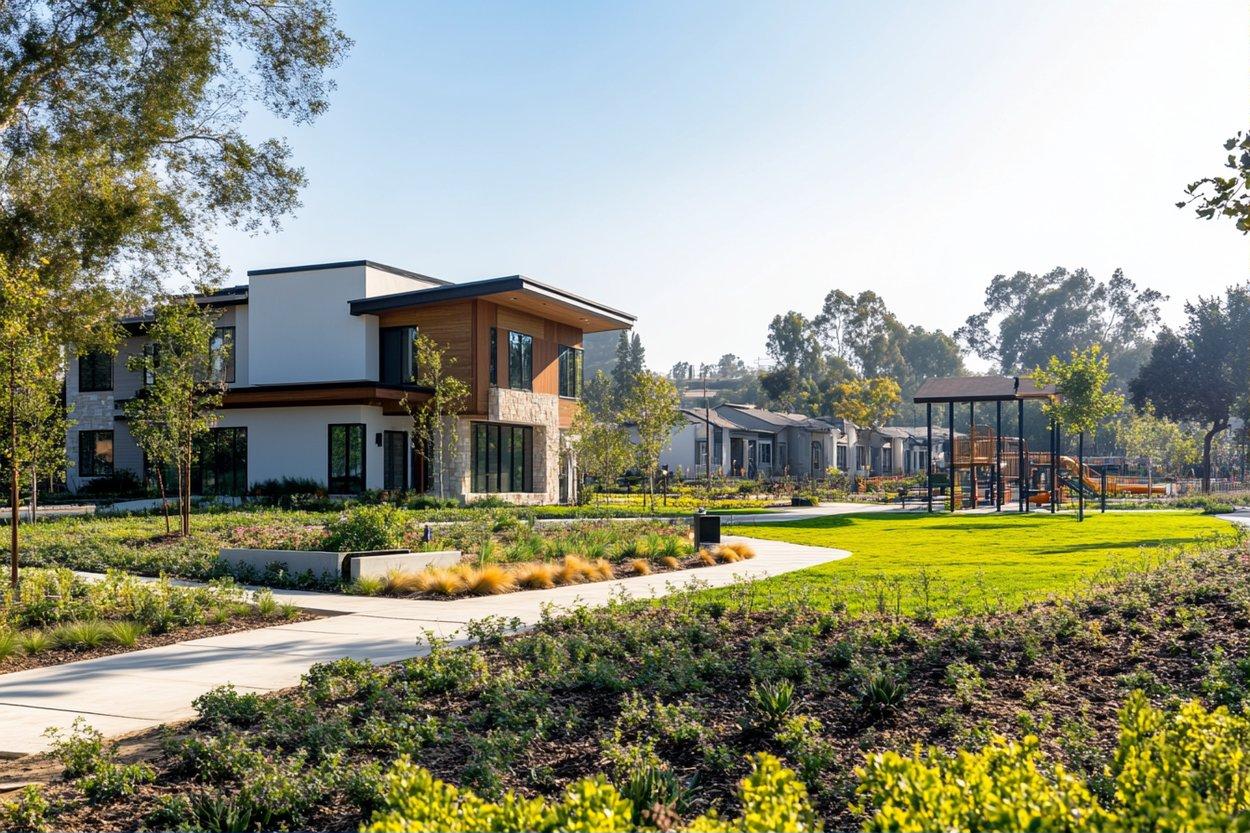Subversive Suburbia: The Underground Art Movement Reshaping American Neighborhoods
Beneath the manicured lawns and cookie-cutter homes, a quiet revolution is brewing in America's suburbs. A new wave of artists, activists, and community organizers are transforming these once-homogeneous spaces into vibrant hubs of creativity and social change. This grassroots movement is challenging long-held notions of suburban life, injecting color, diversity, and a renewed sense of community into areas long associated with conformity and isolation.

For decades, suburbs were characterized by their uniformity – in architecture, landscaping, and even social norms. This homogeneity, while comforting to some, left others feeling stifled and disconnected. It’s against this backdrop that the current suburban art movement has emerged, seeking to breathe new life into these carefully curated spaces.
Guerrilla Gardening: Reclaiming Public Spaces
One of the most visible manifestations of suburban subversion is the rise of guerrilla gardening. Residents are transforming neglected public spaces – median strips, empty lots, and even abandoned properties – into vibrant community gardens and wildflower meadows. These unauthorized plantings serve multiple purposes: they beautify neighborhoods, promote biodiversity, and challenge notions of property ownership and land use.
In suburbs across the country, residents are planting native species, creating pollinator gardens, and even cultivating community vegetable patches. These acts of horticultural rebellion not only improve the aesthetic appeal of neighborhoods but also foster a sense of community as neighbors come together to tend these shared spaces.
Street Art: From Vandalism to Valued Expression
Once dismissed as mere vandalism, street art is finding a surprising new home in suburban settings. Murals, installations, and even sanctioned graffiti are appearing on garage doors, fences, and the sides of buildings. This shift represents a significant change in how suburbs perceive and value artistic expression.
Local governments and homeowners’ associations, traditionally resistant to such displays, are increasingly recognizing the power of public art to create a sense of place and community identity. Many suburbs are now commissioning artists to create large-scale murals or hosting temporary art installations in public spaces, transforming bland streetscapes into outdoor galleries.
DIY Community Spaces: Reimagining the Suburban Social Scene
The lack of organic gathering spaces has long been a criticism of suburban design. In response, residents are taking matters into their own hands, creating pop-up community spaces that serve as hubs for art, culture, and social interaction. Unused storefronts, empty lots, and even private garages are being transformed into temporary galleries, performance venues, and meeting spaces.
These DIY community spaces are fostering connections between neighbors and providing platforms for local artists and performers. From basement punk shows to backyard poetry readings, these grassroots venues are injecting new energy into suburban social life and challenging the notion that cultural experiences are the sole domain of urban centers.
Digital Interventions: Augmenting Suburban Reality
As technology evolves, so too does the nature of suburban art interventions. Artists and technologists are using augmented reality (AR) to overlay digital artworks onto the physical landscape of suburbia. By downloading specialized apps, residents can view virtual murals, sculptures, and interactive installations superimposed on their neighborhood surroundings.
These digital interventions allow for dynamic, ever-changing artworks that can bypass traditional restrictions on physical alterations to property. They also provide a platform for more experimental and provocative pieces that might not otherwise find a home in suburban settings.
The Societal Impact: Redefining Suburban Identity
The suburban art movement is more than just an aesthetic shift; it’s a redefinition of what it means to live in the suburbs. By challenging the uniformity and isolation often associated with suburban life, these artistic interventions are fostering a new sense of community and place-based identity.
Sociologists note that this movement is particularly significant in the context of changing demographics in suburban areas. As suburbs become more diverse – racially, economically, and culturally – these artistic expressions serve as a means of negotiating and celebrating this newfound diversity.
Moreover, the movement is attracting a new generation of residents who value creativity, community engagement, and sustainability. Young families and professionals who might have previously gravitated towards urban centers are now finding suburban areas that offer both space and cultural vibrancy.
As this underground art movement continues to grow and evolve, it’s clear that the American suburb is undergoing a profound transformation. No longer simply a refuge from urban life, these neighborhoods are becoming dynamic, creative spaces in their own right. The subversive artists and community organizers at the heart of this movement are not just changing the face of suburbia – they’re rewriting its cultural DNA, one art installation at a time.





